The Best Wood Pellets and How to Find Them
The best wood pellets burn cleanly, produce more heat and less ask than poorer quality wood pellets.
Do you worry that you're buying inferior quality wood pellets and you're not sure how you can tell? If so they could be making your boiler run less efficiently that it could and could be sooting up th elf meaning servicing costs you more!
So how do you know what the highest quality wood pellets look like and what are the additional things you need to consider?
As with any industry there are people out there who just want to make some quick money and don't care if they end up costing you in the long term.
Some firms will add all sorts of fillers to their pellets in order to bulk them out and increase their profits at your expense. There are many things that can be added to pellets but some of the more common ones include:
- Glue
- Cardboard.
- Paper.
- Ink.
- Tree bark.
In addition to avoiding these additives/fillers it’s important to get pellets that don’t contain too much dust.
But bear in mind that even the highest quality pellets will contain some dust as the pellets rubbing together forms dust, so it’s impossible to avoid totally.
You might think it’s no big deal if your pellets contain these items, after all everything I've mentioned so far burns, right!
Unfortunately, the additives stop the wood burning efficiently which can mean more ash and even creosote (if the pellets include bark) that can clog up your appliance.
The outcome is, you’ll have to empty the ash more often which takes up more of your time and you'll have to clean/service your appliance more often which costs more money.
Plus you may even invalidate your warranty. Always ask your boiler supplier what grade of pellets they recommend. In the EU the boiler manufacturers will typically state that you should burn only "EN Plus" pellets in order to maintain their warranty.
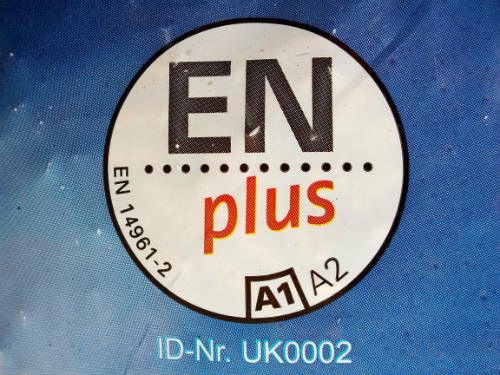
The Best wood pellets Should Include:
- No fillers, glue or binders.
- Low moisture content.
- As little dust as possible.
- Wood only (it doesn’t matter if it’s softwood or hardwood although it’ll likely be soft wood as hardwood is more expensive to buy as a raw material).
In the UK it’s worth knowing that your wood pellet supplier needs to be in the biomass suppliers list if you intend to claim the Renewable Heat Incentive.
Finding The Best Wood Pellets Within Europe:
Within the Eu there is now an “EN Plus” quality standard which controls the quality of the pellets you buy, right from the production stage through to delivery to your property.
So you can have peace of mind that you’re buying a premium quality wood pellet free from bark, cardboard and the other filler items mentioned above.
There are two classes within the EN Plus standard:
- A1 - is for the domestic market and is the higher of the two
standards producing less ash. - A2 - is aimed at the commercial/industrial market.
Here’s a list of companies who sell EN Plus pellets in Europe.
So What if You’re Outside Europe?
Outside the EU there are lots of different producers but no really reliable standards with any real powers. That means at the moment it’s down to you the end user to satisfy yourself as to the quality of the pellets you’re buying.
What to look for:
- Smell - if you take a handful of the pellets they should smell like clean timber and not cardboard, glue etc.
- Visually - they should appear quite white like raw timber with no bark content.
- Heat output - this is a difficult one as without a governing authority to police it companies can print anything on the pack. So take the stated figures on the bag with a pinch of salt.
I’d suggest trying a few bags before committing to a bulk order. Once you’ve used them for a day or two you’ll have a good idea as to what the quality is like.
HOW TO KEEP YOUR WOOD PELLETS AT THEIR BEST WHILE ON YOUR PROPERTY:
Once the pellets arrive on your property you’ll either store your pellets in a bulk hopper or you’ll store them in their own bags until you manually feed them into your boiler.
If you've the room (and the budget) for a hopper, this is the least hassle method. Otherwise you’ll have to manually load the bags (typically 10kg each) into your boilers built in hopper typically every few days.
In order to maintain the quality of your pellets until they physically go into your boiler there are a few things you can do:
- If making your own hopper, adhere to the hopper design guidelines in the video below and you'll save yourself a lot of hassle in the future.
- If storing bags of pellets keep them out of direct contact with water. The natural humidity in the air shouldn’t present a problem but don’t leave them out in the rain or where they could come into contact with water.
- Don’t store them in areas of high humidity i.e. next to the vent hose from a tumble dryer.
- Don’t place them directly on the floor. Put a pallet down on the ground first. That way air can circulate under them and if there is a spillage your pellet bags won’t be sitting in it.
Whether buying bulk pellets or bagged pellets the options are the same.
The Best wood pellets - Conclusion:
When trying to source the best wood pellets don’t just go by price or rely on what it says on the packaging (even in Europe there are companies who have forged the EN Plus logo).
Take a good look at the pellets and have a smell. Then buy a few bags to try for a day or two.
Once you have your pellets on site it’s then up to you to maintain them until they’re burnt
If you use the best wood pellets you’ll get more heat, less ash and have to service less often.
Now take a look at my articles on wood pellet storage and the Renewable Heat Incentive payments that could mean you get free heating for the next 7 years.
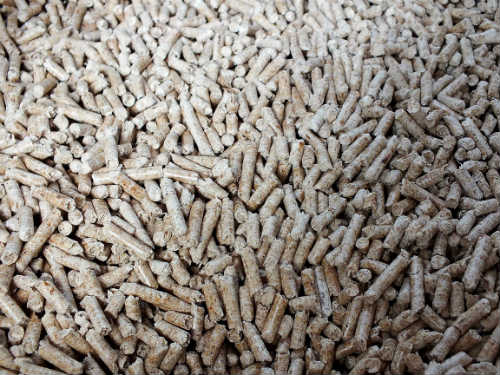
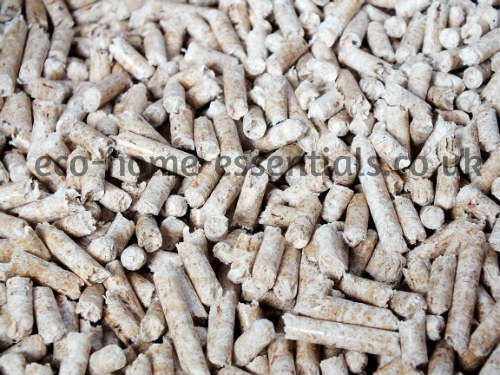
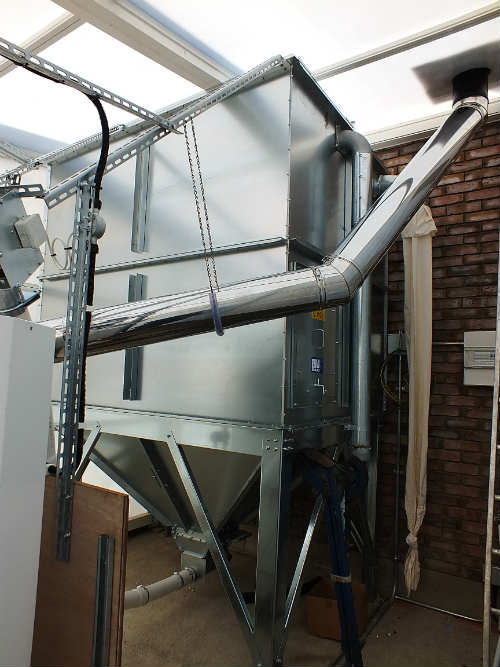
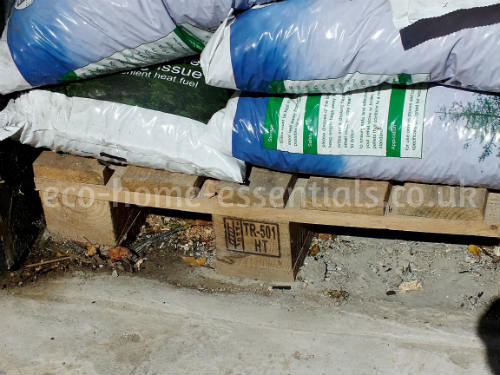
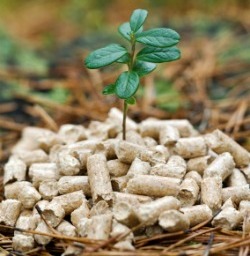


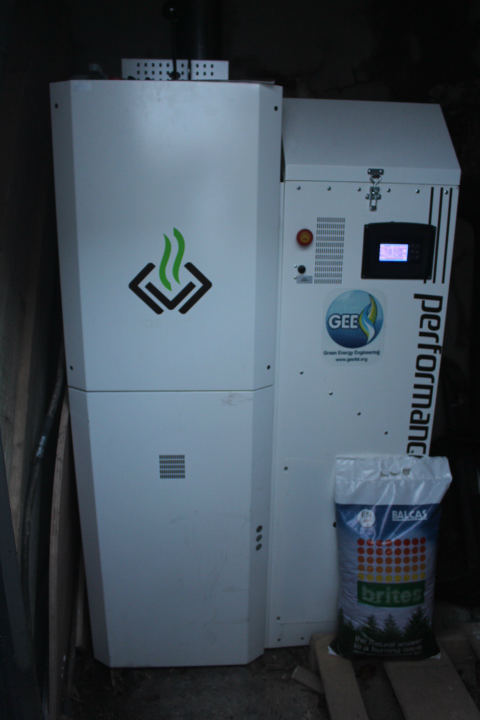
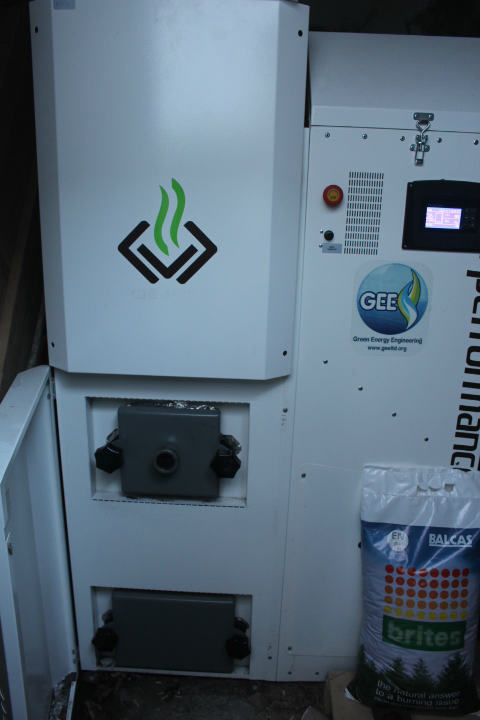







New! Comments
Have your say about what you just read! Leave me a comment in the box below.